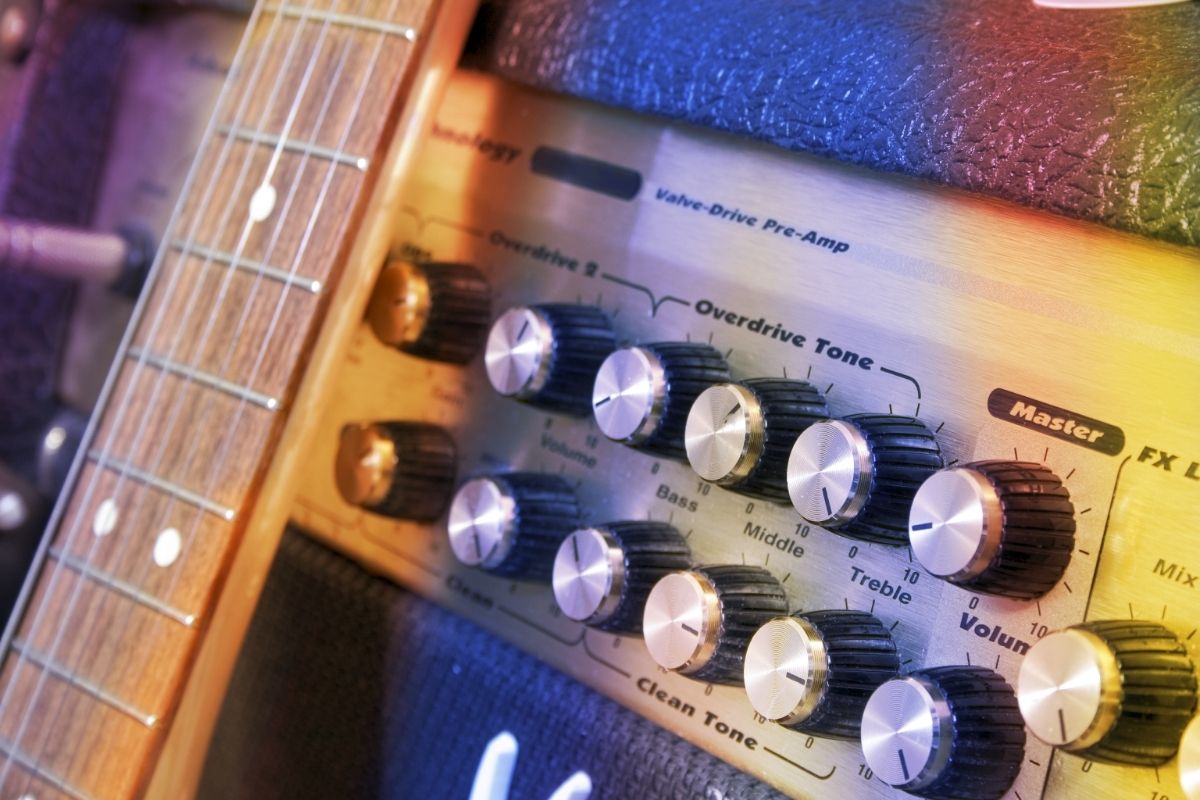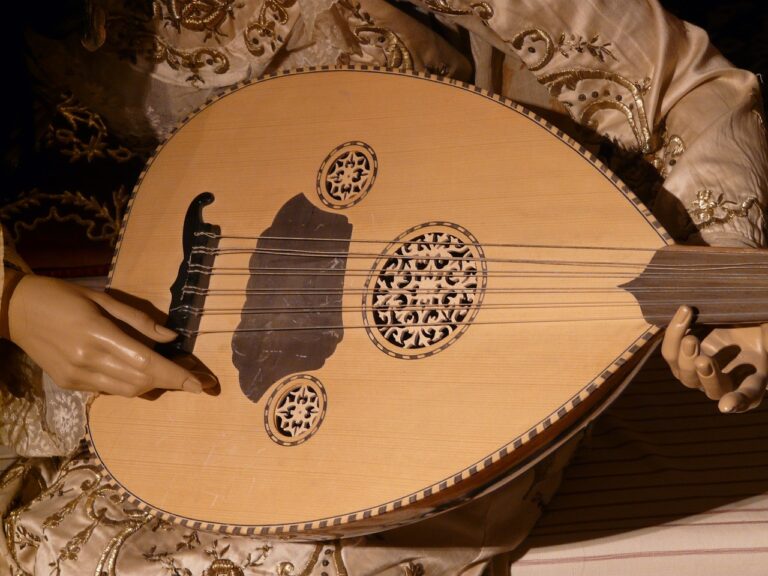What are the differences between ESP & LTD Guitars?
When people discuss the differences between ESP and LTD guitars, they might not realise just how much the two guitar makers have in common with each other.
Despite being owned by the same company, the differences between ESP & LTD Guitars are mainly that ESP-branded guitars are the premium brand, which is reflected through their gear, price, and manufacturing protocols.
Both brands are part of the larger ESP Corporation–one of the leading guitar companies in the world. Since they introduced the LTD brand in 1996, there has slowly been a greater divide between what the two brands represent.
It’s why ESP has gone to great lengths to distinguish the two brands separately, even if they are part of the same family. It is the same as comparing a Corvette to a Volt—the same company, but with different aims. So with that in mind—what are the differences between ESP & LTD Guitars?
The shared history of ESP and LTD electric guitars
Despite both brands having prominent reputations, both ESP and LTD share the same start in life. That is, through the ESP Guitar Company itself.
ESP was founded in 1975 in Japan, where it started as a music store in Tokyo. Founder, Hisatake Shibuya, developed from fixing instruments to making guitars of his own.
The brand grew from there and earned a cult following both in Japan and US, particularly in New York. It was here that some prominent artists, such as Ronnie Wood and Vernon Reid, had parts made for their guitars.
However, ESP took off after 1985 when Dokken guitar ace George Lynch had a custom ESP Kamikaze made for him catching the eyes of metal players everywhere.
It wasn’t long before ESP dominated Stateside, moving their HQ to LA in 1993. This choice then saw the company decide to expand their horizons even further.
How did LTD guitars start?
With such a powerful presence in the US, ESP launched a new range of models in 1995 to cater to the mass US market. This took on the name of the LTD brand.
Focusing on more mass-produced models, the LTD series of guitars became the premier focus of ESP’s North American operations. This, along with high import prices, saw ESP phase out their classic Japanese guitars.
This choice then set how the company would focus on their products for decades to come. The now-established LTD brand would remain as the main option to US customers with anything carrying the ESP label now considered a premium product.
It’s a divide that remains to this day with ESP branded products now refined to signature models and rare series–like the ESP USA brand.
Meanwhile, LTD Guitars focus on many templates and body shapes which users can grab without blowing their savings in one go.
The differences between ESP & LTD Guitars
Having established their shared history, it’s time to see how both brands differentiate from each other. It’s surprising just how different some model features can be. Some aspects they vary in include:
- Body Material
- Fingerboard material
- Pickups and Tuners
- Manufacturing processes
So how just do these all work out to produce different results?
Choice of materials
We can see the differences in the very essence of the guitars themselves. Particularly in the more entry-level LTD guitars. Rather than using more premium woods such as mahogany or maple, you will find they made the body from cheaper woods such as basswood.
As basswood is much more readily available, it makes sense to use this in mass-produced models. It’s a stark contrast to ESP-branded models that use imported woods such as Mahogany or even Swamp Ash for the body.
You will see this on the fingerboards too. ESP-branded guitars almost always use an ebony finish to give a great feel and look to their handmade instruments. Yet, you won’t see this on any LTD model. Their fingerboards use other materials such as rosewood or jojoba to produce a lasting finish.
Manufacturing process
It’s not just the materials that differ in this guitar duel either. It’s how they are made as well. Every aspect of how they are made is different, from the locations to how they are made.
Being a premium brand, they give ESP Guitars that extra touch of attention. Not only are they all handmade, but they oversee the process in-house. Whether it is ESP’s Japanese or American shops, they watch every detail to give things that finer feel.
It’s a stark contrast to how many LTD guitars are put together. Depending on the series, they produce these models on a production line in factories, either in Indonesia or Korea. What this means is that they fashion the body types en masse through generic templates.
What this shows is that ESP–as a company–looks to uphold its reputation as a finer brand, letting its newer subsidiary be the name that is easy to access.
Electronics and Gear
What sets ESP and LTD apart in their identity is the electronics and gear that you find on them. This gives each instrument its voice.
For most LTD models, you find that most instruments will feature in-house gear. What this means is that both pickups and tuners are LTD-branded components that will be included on all series.
On ESP-branded guitars, you will find premium options to get innovative sounds. For example, a lot of ESP-branded guitars utilise Seymour Duncan Pickups instead of a stock-branded option.
The locking tuners on premium lines such as the E-II and ESP Originals use Gotoh-tuners, which are made in Japan, adding to the homely touches on these guitars
Are there any similarities?
Despite there being some vast differences, they also share some DNA. After all, both are still made by the same parent and ESP doesn’t hide the links between both parties.
The biggest thing is that we know both brands for their high-quality finish. Just because they advertise LTD models as standard models, they are high quality.
The variations in the audience and price comes down to the materials used and how they are manufactured.
To manufacture, both brands similarly design their necks using mahogany or maple to construct them.
They are also similar in thickness and shape, taking a thin and sleek design to promote easy reach and grip on the frets.
Both brands also offer options within the same series or frameworks, with the actual model being the only difference. Some of the more notable brands that crossover include:
- Arrow Series
- EX Series
- M Series
- SN Series
From here, you can see just how the LTD and ESP models share some qualities before learning how they vary from one another.
So are ESP and LTD Guitars alike?
Both ESP and LTD guitars are worthy instruments to own and produce impressive sounds whenever they are played.
They share the same DNA, which is why the ESP Guitar Company is one of the premier guitar manufacturers of today.
However, ESP Guitars themselves have that extra bit of finesse to them seen through the hand-crafted details, high-end gear and the endorsements of several of rock’s top guitarists.
It marks a difference over LTD models that feature in-house gear shared across product lines and the use of more common materials, allowing them to be marketed at a lower price.
So even if the differences between ESP and LTD Guitars may seem vast now, their stories will remain intertwined for their entire existence.







